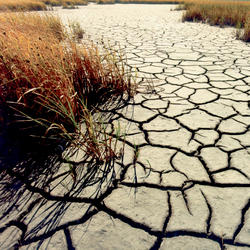South Central
Featured News
Data Spotlight: Downscaled Climate Projections to Inform Climate Research in the South-Central U.S. Region
Featured Project
Developing a Decision Support Tool to Inform Louisiana’s Climate Change Adaptation Strategy
The South Central Climate Adaptation Science Center (SC CASC) provides decision-makers with the science, tools, and information they need to address the impacts of climate variability and change. They support multi-institutional and stakeholder-driven approaches to assessing the impacts of climate change, with a research focus on ecosystems, water, drought, wildfires, and climate projections.















